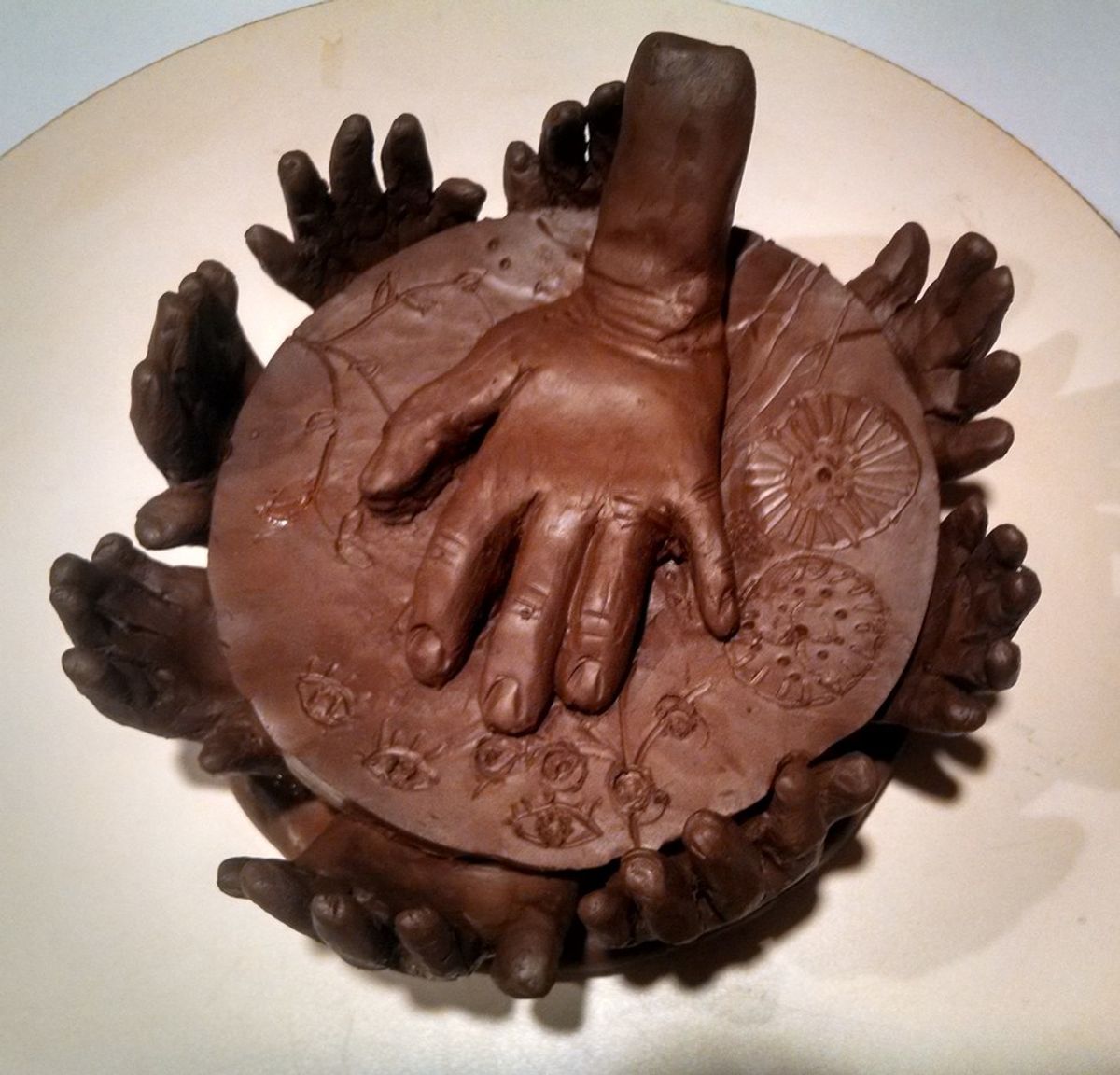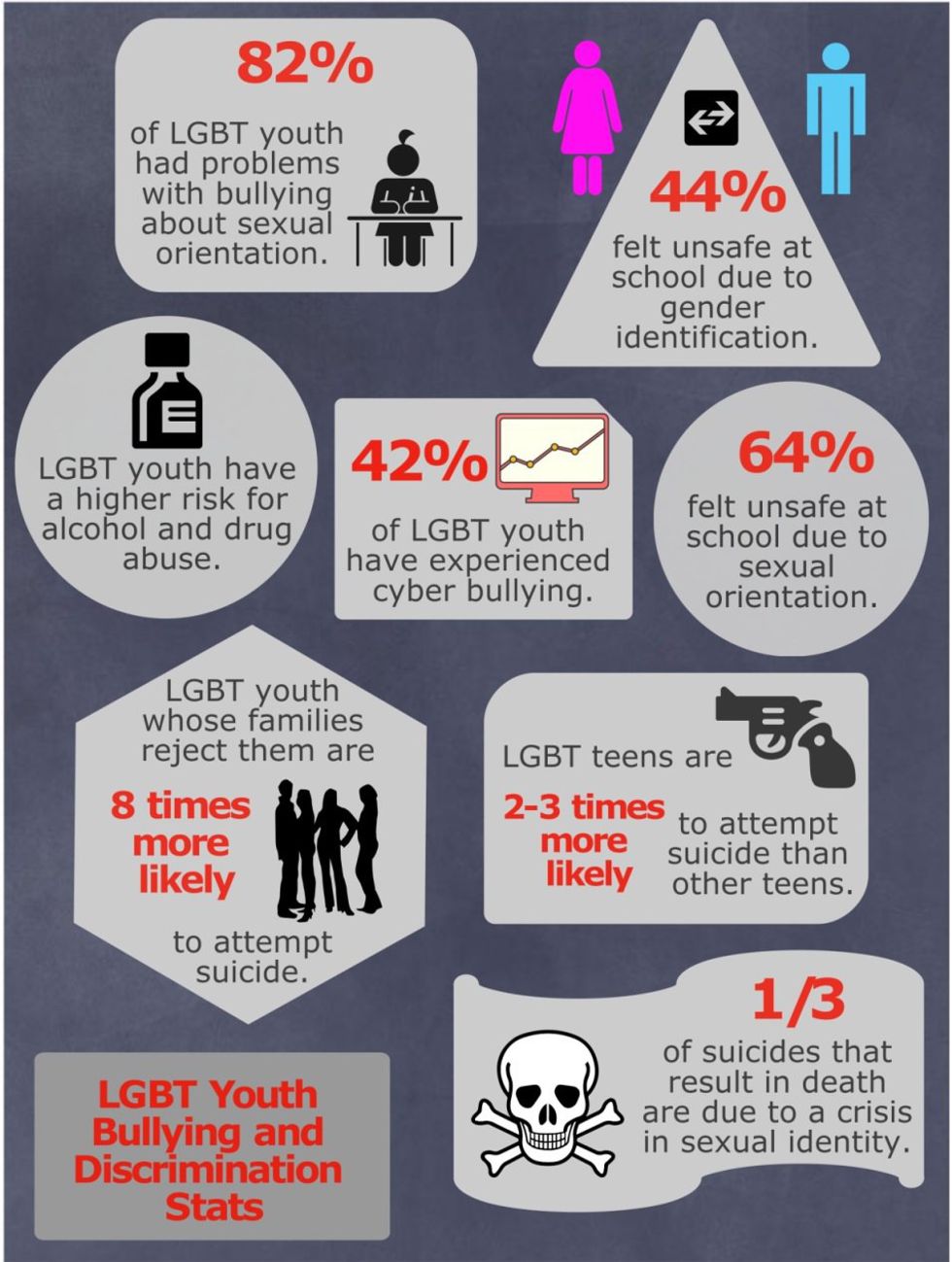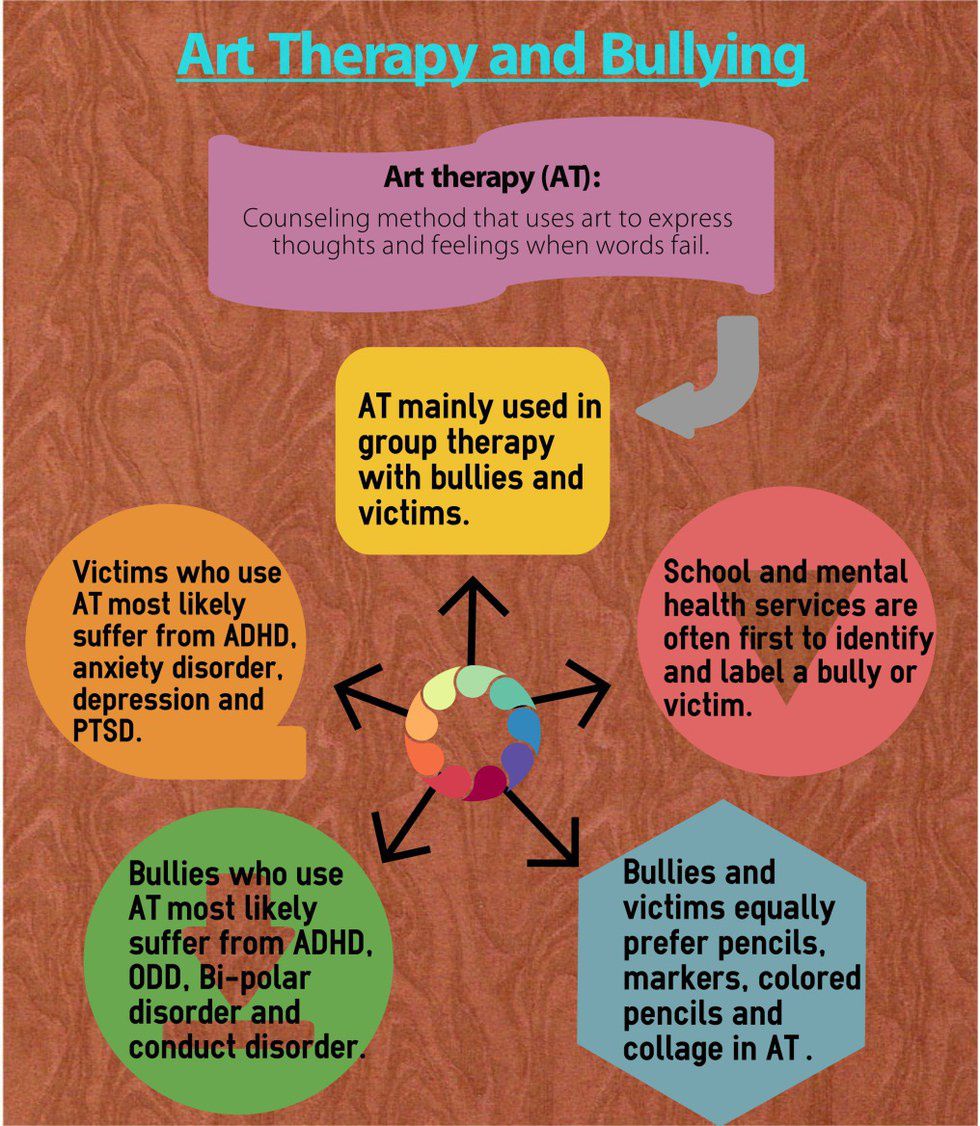I was 13 years old when I fought my mother with every pore in my being against trying out for the school play. It was “High School Musical” and even though all of my friends had auditioned, I didn’t want to subject myself to the embarrassment of singing, dancing and mediocre acting with the rest of my seventh grade class. But I did audition and went in singing “Happy Birthday” because I didn’t have a song prepared. When the cast list was posted, I was shocked that I had earned a speaking part and a small solo. Granted my character was a nerd who busted out hip-hop dance moves on a cafeteria table, but it was the first time I felt like I belonged to a group and could escape the agony of being a pockmarked pre-teen waffling between depression and social anxiety. I stayed with the theatre department all through middle and high school, and through acting and fiction writing I got to try on a closet-full of different personas. Some were over-the-top while others slipped over my skin with ease, but that form of artistic expression helped me color in my soul more than any other type of socializing during my teenage years.
Most adolescents who are struggling to get to know themselves or feel like they don’t fit in gravitate toward art programs for that very reason. Whether it's theater, band, chorus, dance or visual arts, teens know that art programs are a safe space to grow and show off true colors without fear of judgement. This is especially true for LGBT youth who may not have a stable home life and are often the object of ridicule. Despite parents’ wishful thinking that teachers and faculty enforce a no-tolerance policy on bullying, LGBT students are threatened every day and left with emotional and physical wounds that take years to heal. It’s time to open our eyes to the anti-bullying methods that are not working right now and do something about it.
When it comes to fighting youth harassment and discrimination, there are three parties society expects to make a difference: family, school and government. Earlier this month a town in Wisconsin enacted a law that requires parents of child bullies to pay a $366 fine if tormenting continues after 90 days from the parents’ intervention. If there is a second offense, the fine is increased to nearly $700. While this radical solution to crack down on bullying may seem effective, at the end of the day, the child doesn’t learn anything about why their actions are harmful to others or how to treat their peers better.
Over in Japan, teachers and faculty are required to put a stop to any bullying they witness or are informed about through Japan’s 2013 Basic Policy on the Prevention of Bullying. However, nowhere in this national policy are LGBT students mentioned and these individuals have told Human Rights Watch that some teachers “have told them that by being openly gay or transgender, they are being selfish and should expect not to succeed in school.” Other Japanese LGBT students insist that because there is no mandatory training for teachers on gender and sexuality awareness, professors do not know what to do to intervene in LGBT harassment and some even turn a blind eye to physical or verbal abuse.
In both of these cases either local or national government stepped in to make an impact on youth bullying and LGBT discrimination to weak or no avail. It’s no wonder that 82 percent of LGBT youth have problems with bullying due to sexual orientation when LGBT adults are being arrested over peaceful protesting against a state bathroom law that is in violation of the 1964 Civil Rights Act.
LGBT bullying statistics courtesy of NOBullying.com.
Let’s face it, for the time being, the adults in charge of coming to the aid of discriminated LGBT youth are either not on their side or working to fix the problem in the wrong way. But what if we tried more intimate approaches to help LGBT youth feel more comfortable expressing themselves? It all comes back to the welcoming atmosphere a teenager can find in any art classroom.
Art therapy is an innovative method of counseling that touches upon calming notions of creative expression to influence a client’s mental and emotional state. People who find it difficult articulating their thoughts and feelings with words often have an easier time conveying them through art. Art therapists are trained to examine a client’s use of lines, colors, textures, pressures and perspectives to analyze a work of art through various media like collages, art journals, clay, wire, colored pencils, markers and more. It has been proven to help bullies and victims suffering from mental/physical disorders, trauma or unsupportive home lives in group or individual therapy sessions. Basically, when traditional dialogue fails, art therapy is what unlocks a person’s response and encourages positive communication to solve problems.
Meditate on Negative Thoughts and Actions
Art therapy is exactly what LGBT youth need to overcome bullying and oppression. For starters, art therapy can be a healthy way for LGBT bullies and victims to cope with depression, anxiety and suicidal thoughts. It can also provide a safe environment for LGBT youth to express rage or stress related to discrimination. Staff advisor for the SCAD Atlanta LGBT Club, Amanda Meeks, claimed that a lot of LGBT harassment stems from small acts of hostility that people don’t realize the emotional weight of until it’s too late.
“Unfortunately I think [LGBT bullying] happens more often than people realize,” Amanda said, “and not just through obvious ways but through micro-aggression, just very small, seemingly ‘harmless’ ways. That can be as simple as asking an inappropriate question or accidentally outing somebody without realizing that you are doing so. Those I think can be considered bullying and being discriminated against.”
A research and instruction librarian at SCAD Atlanta, Amanda has experienced outward disdain regarding her sexuality from strangers in the past. She recounted one occasion when she and her girlfriend were waiting for a car to pick them up and Amanda kissed her girlfriend. A man noticed, ambled over to the couple holding hands and proceeded to tell them that their actions and lifestyle were wrong. Amanda had to call the cops and inform them that she and her girlfriend were being harassed by a man on the street about their sexuality and didn’t feel safe. Eventually, the car they had been waiting for came but long after they had left the scene, a cop called Amanda and said that her distress call had been put on the back burner because it was a “low- priority issue.”
Art therapists are prepared to help LGBT youth unload their negative thoughts and reactions to outsider judgment with specific art exercises. According to the academic study “Coming Out Through Art: A Review of Art Therapy with LGBT Clients,” “Collage work has been used in individual and group therapy with gay men and lesbians to explore experiences with bigotry, hatred, internalized homophobia, and sexual identity.” Other art mediums like self-portraits, group murals and sculpture have been implemented to encourage LGBT clients to approach painful concepts like family, shame, gender identity and depression.
the Bullying Phenomenon: A Survey of the Art Therapy Community,” pgs.
87-107.
Sometimes a client’s artwork can feature LGBT symbols like an upside-down pink triangle or a rainbow. One particular activity called “Inside Me, Outside Me” allows an LGBT client to create one self-portrait of their public self and one of their private self. Research showed that “for LGBT clients in the early phases of coming out, these may be two very different portraits.”
During her time teaching art in Chicago to K-12 students, Amanda Meeks mentioned that she would include elements of LGBT culture to raise awareness and promote acceptance. Her class became known as a safe space for LGBT youth and Amanda started noticing some high schoolers’ work addressing personal gender or sexual identity issues. A few students even came out through art pieces.
She recalled a collage by one student of a cityscape with neon lights that was described in his artist statement as representative of his struggle to accept himself as gay.
“This was a student who was very quiet in class and never shared this kind of information out loud,” Amanda noted, “but I was really touched when I read his artist statement and I was happy that he had come to terms with it.”
Even though the student’s artwork didn’t contain any upside-down pink triangles, the quiet self-reflection put into the piece allowed him to fully embrace himself as part of the LGBT community.
Identify Race, Gender and Pro-noun Distinctions
Art therapists are also trained to notice social and cultural distinctions in LGBT harassment through a client’s representation of race, class or culture in their art. For instance, an art therapist known as Janette stated in an interview for the academic study “Art Therapy Considerations with Transgender Individuals” that LGBT Hispanic, Caucasian and African Americans have a “different energy and experience in comparison to each other.” She explained that in her work experience, African American LGBT clients had “a much harder time, got beat up a lot more, because of being in either a gay or transgender situation.”
But one of the biggest commonalities art therapists have spotted with LGBT clients is a repressed string of youth sexual exploitations. It’s no secret that LGBT youth have some of the highest suicide and homelessness rates, which both traditional and art therapists have correlated to sexual trauma or gender identity issues. Art therapist Janette backed up this claim by confirming “most of the transgender adolescent clients at her facility had some sort of sexual trauma in their history, which is part of why they were there.”
When an LGBT youth is grappling with gender identity issues, another huge source of discomfort can be when others don’t use the correct pro-nouns to identify them. Many art therapists have addressed this anxiety by encouraging transgender clients to establish a name that correlates to a specific gender in their artwork. Art therapist Janette mentioned that she regularly noticed traits of conventional gender expression in the art of her transgender teen clients. For example, one of her male-to-female clients who enjoyed playing with dolls and dressing up as a princess on Halloween consistently used stereotypical feminine imagery in her artwork.
Amanda Meeks noted that the SCAD Atlanta LGBT group also recognizes pro-noun preferences and is looking to implement safe zone training workshops to further promote LGBT awareness and acceptance at their college. Safe zone training provides schools and workplaces the tools and practice to handle delicate LGBT issues with respect and professionalism.
“The other thing that safe zone training does is not all students have obvious pronoun preferences, even in classes when instructors immediately identify somebody as male or female, sometimes that makes the student uncomfortable, “ Amanda said. “So instead of asking ‘Do you have any nicknames you prefer to go by?’ instructors could potentially ask for their preferred pronouns to make everyone feel like their identity is being portrayed accurately.”
At first, the idea of approaching an LGBT teenager and directly asking them to identify their preferred pro-noun may seem a little forward and might catch them off guard. However, Amanda argued that many LGBT youth would prefer that someone have the courtesy to ask them rather than make incorrect or hurtful assumptions.
Art making can also help those first starting to come out feel safe when doing so. One example from the academic study that explored coming out through art therapy is for LGBT youth “to choose an animal figurine and then create a ‘safe place’ for it using a variety of art media, with the animal representing a part of the self that is kept safe in this environment.” In this way, art helps promote a sense of emotional security for LGBT youth in a way that just talking about their sexuality might not.
Form Lifelong Supportive Communities
Anyone will tell you that art is also one of the best ways for confused or unconfident adolescents to get together and form lasting bonds. Just like my experience trying out different characters in middle and high school theater, art therapy can encourage LGBT youth to emulate positive role models in order to build confidence and develop their own style. Also, by practicing artistic hobbies, both LGBT and straight youth can understand more about their gender and sexual norms as well as others.
Amanda Meeks remarked upon how the SCAD Atlanta LGBT group does an excellent job of fostering a supportive community. The team members conduct meetings that are fun but also welcoming which is especially important for freshmen coming out of high school who never had a solid foundation of people to share their experiences with before. The SCAD Atlanta LGBT club is planning to host an art exhibition next year to showcase issues related to their community and are looking to participate in the Atlanta Pride Parade next fall.
However, Amanda made a point that even though all of the members of the SCAD Atlanta LGBT club are artists, an art therapy client doesn’t have to be good at art to benefit from the self-reflection and meditation process.
“[Art] gets you sharing with other people that feels authentic and can be very real as opposed to just talking. When you’re actually making something and sharing it with others, artists and non-artists gravitate toward that and non-artists can express themselves with art too,” she remarked.
Despite what most people think, art therapy isn’t about unwinding after a long day by creating a pretty picture; that’s what coloring book are for. It’s about prevailing over inner demons, or transforming ugly emotions into something to be proud of. It’s about finding yourself in times of uncertainty or seeking out others who are fighting the same battles. But most importantly, art therapy is an outlet that can help overwhelmed LGBT youth slow down and meditate on how they see themselves fitting into the world. Whether their goal is to just survive day-to-day school life or drown out the crowd of hostile voices trying to eradicate them, art therapy ignites the fire inside LGBT youth that refuses to let the bullies win.





 women in street dancing
Photo by
women in street dancing
Photo by  man and woman standing in front of louver door
Photo by
man and woman standing in front of louver door
Photo by  man in black t-shirt holding coca cola bottle
Photo by
man in black t-shirt holding coca cola bottle
Photo by  red and white coca cola signage
Photo by
red and white coca cola signage
Photo by  man holding luggage photo
Photo by
man holding luggage photo
Photo by  topless boy in blue denim jeans riding red bicycle during daytime
Photo by
topless boy in blue denim jeans riding red bicycle during daytime
Photo by  trust spelled with wooden letter blocks on a table
Photo by
trust spelled with wooden letter blocks on a table
Photo by  Everyone is Welcome signage
Photo by
Everyone is Welcome signage
Photo by  man with cap and background with red and pink wall l
Photo by
man with cap and background with red and pink wall l
Photo by  difficult roads lead to beautiful destinations desk decor
Photo by
difficult roads lead to beautiful destinations desk decor
Photo by  photography of woman pointing her finger near an man
Photo by
photography of woman pointing her finger near an man
Photo by  closeup photography of woman smiling
Photo by
closeup photography of woman smiling
Photo by  a man doing a trick on a skateboard
Photo by
a man doing a trick on a skateboard
Photo by  two men
two men  running man on bridge
Photo by
running man on bridge
Photo by  orange white and black bag
Photo by
orange white and black bag
Photo by  girl sitting on gray rocks
Photo by
girl sitting on gray rocks
Photo by  assorted-color painted wall with painting materials
Photo by
assorted-color painted wall with painting materials
Photo by  three women sitting on brown wooden bench
Photo by
three women sitting on brown wooden bench
Photo by 
 Photo by
Photo by  Photo by
Photo by  Photo by
Photo by  Photo by
Photo by 


 people sitting on chair in front of computer
people sitting on chair in front of computer



 all stars lol GIF by Lifetime
all stars lol GIF by Lifetime two women talking while looking at laptop computerPhoto by
two women talking while looking at laptop computerPhoto by  shallow focus photography of two boys doing wacky facesPhoto by
shallow focus photography of two boys doing wacky facesPhoto by  happy birthday balloons with happy birthday textPhoto by
happy birthday balloons with happy birthday textPhoto by  itty-bitty living space." | The Genie shows Aladdin how… | Flickr
itty-bitty living space." | The Genie shows Aladdin how… | Flickr shallow focus photography of dog and catPhoto by
shallow focus photography of dog and catPhoto by  yellow Volkswagen van on roadPhoto by
yellow Volkswagen van on roadPhoto by  orange i have a crush on you neon light signagePhoto by
orange i have a crush on you neon light signagePhoto by  5 Tattoos Artist That Will Make You Want A Tattoo
5 Tattoos Artist That Will Make You Want A Tattoo woman biting pencil while sitting on chair in front of computer during daytimePhoto by
woman biting pencil while sitting on chair in front of computer during daytimePhoto by  a scrabbled wooden block spelling the word prizePhoto by
a scrabbled wooden block spelling the word prizePhoto by 
 StableDiffusion
StableDiffusion
 StableDiffusion
StableDiffusion
 StableDiffusion
StableDiffusion









